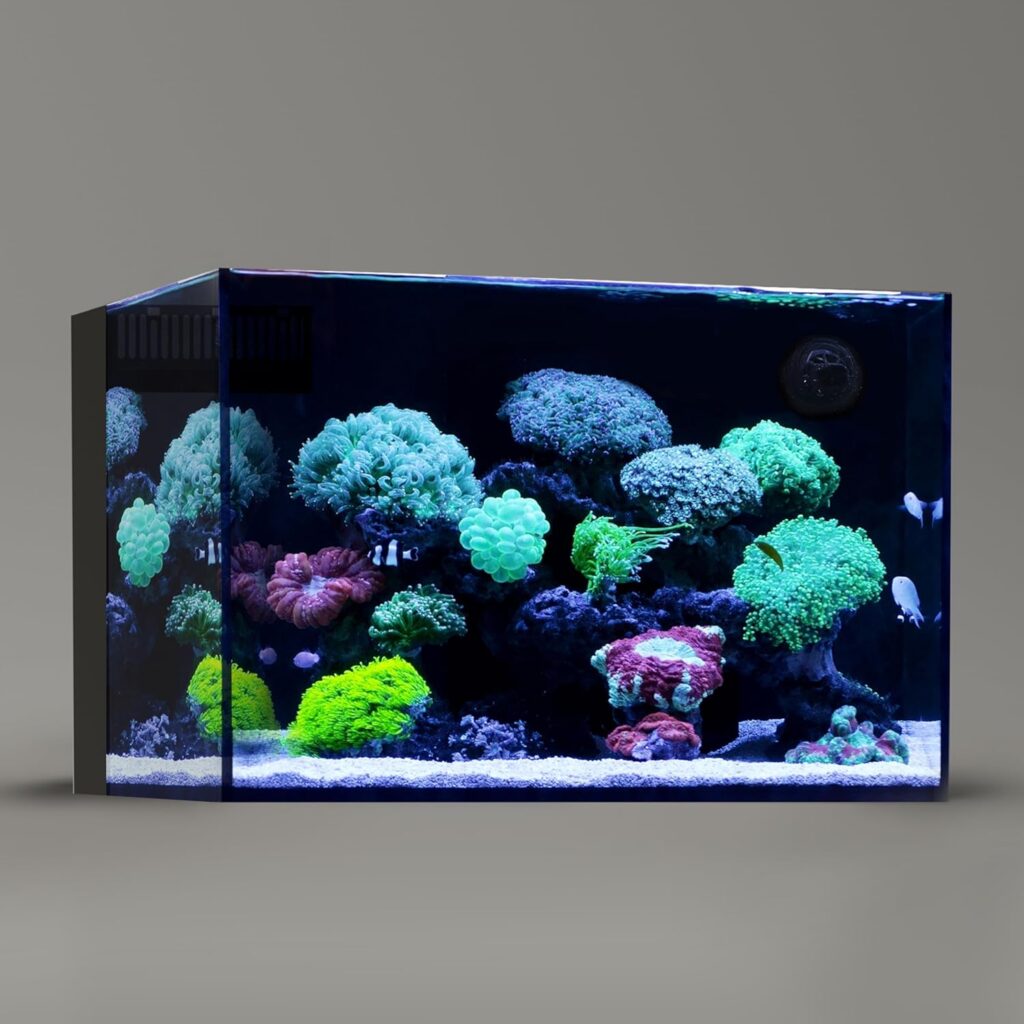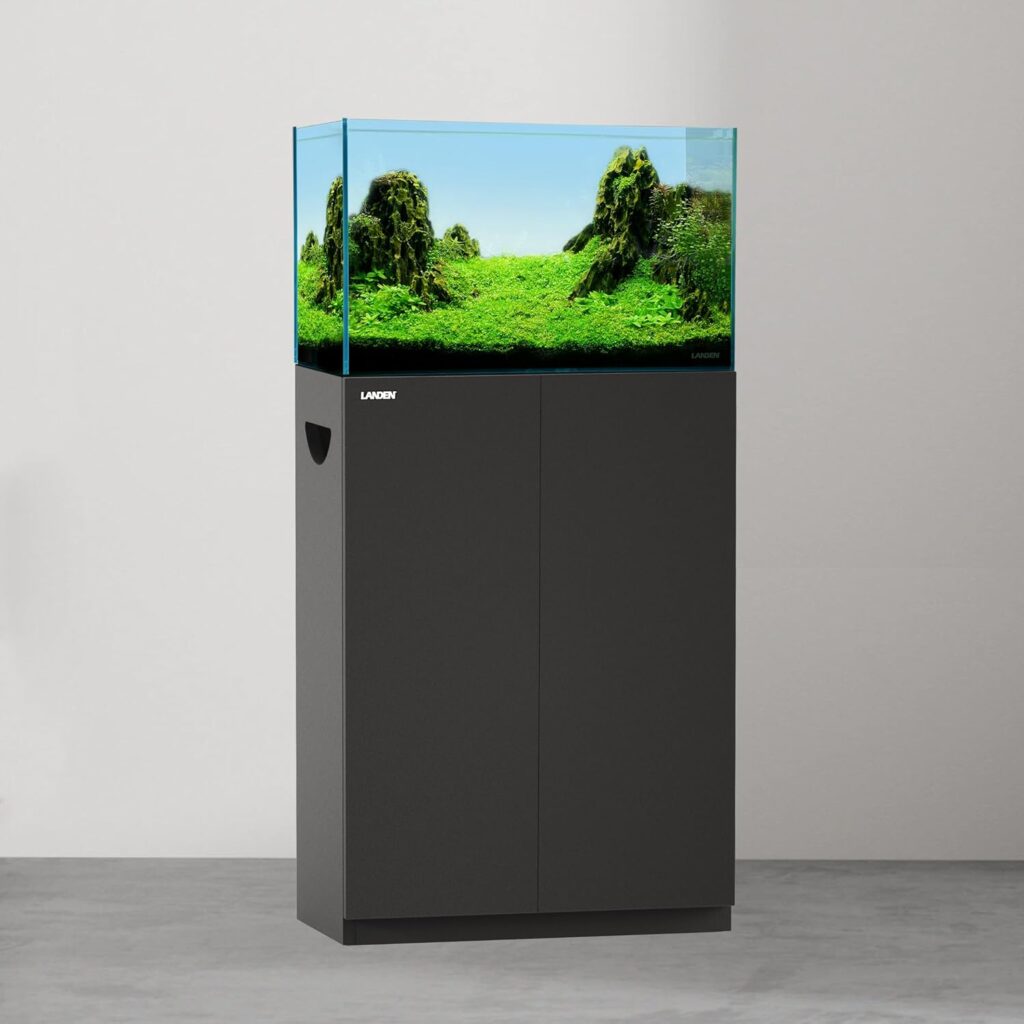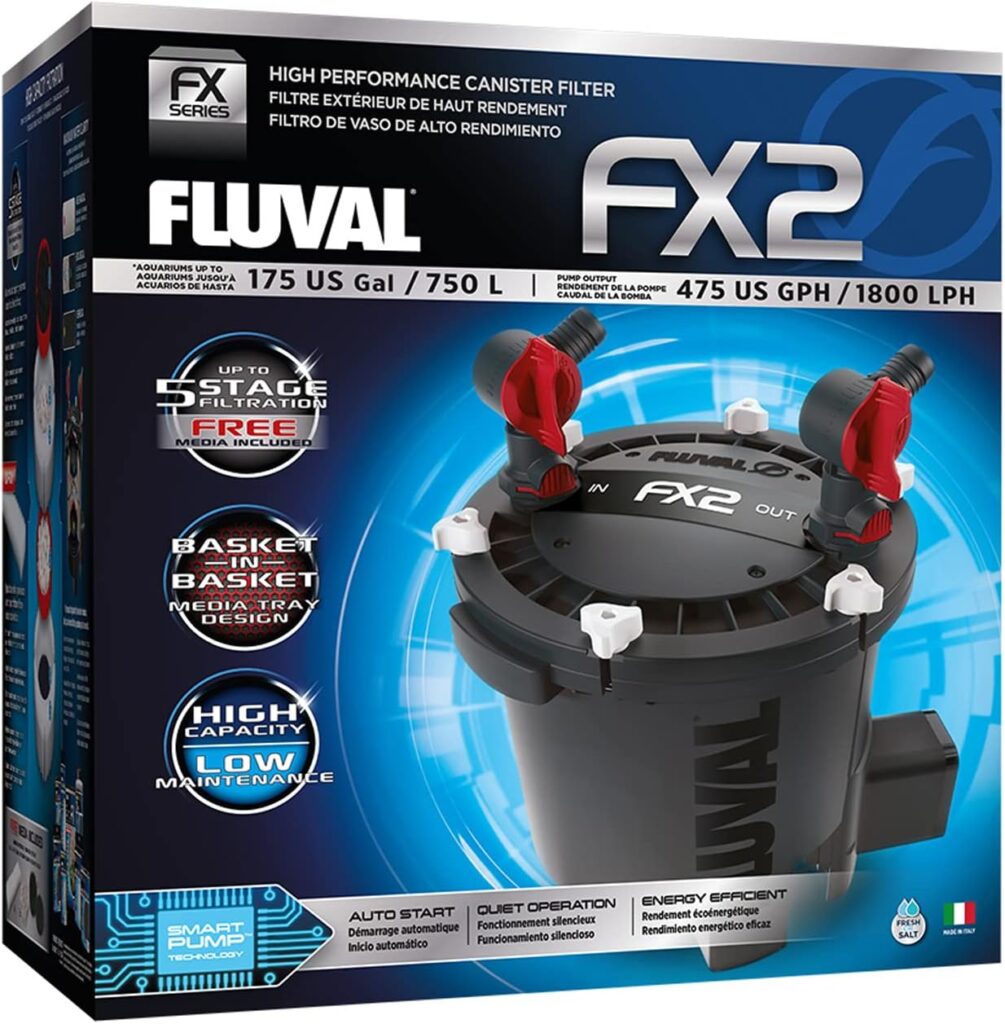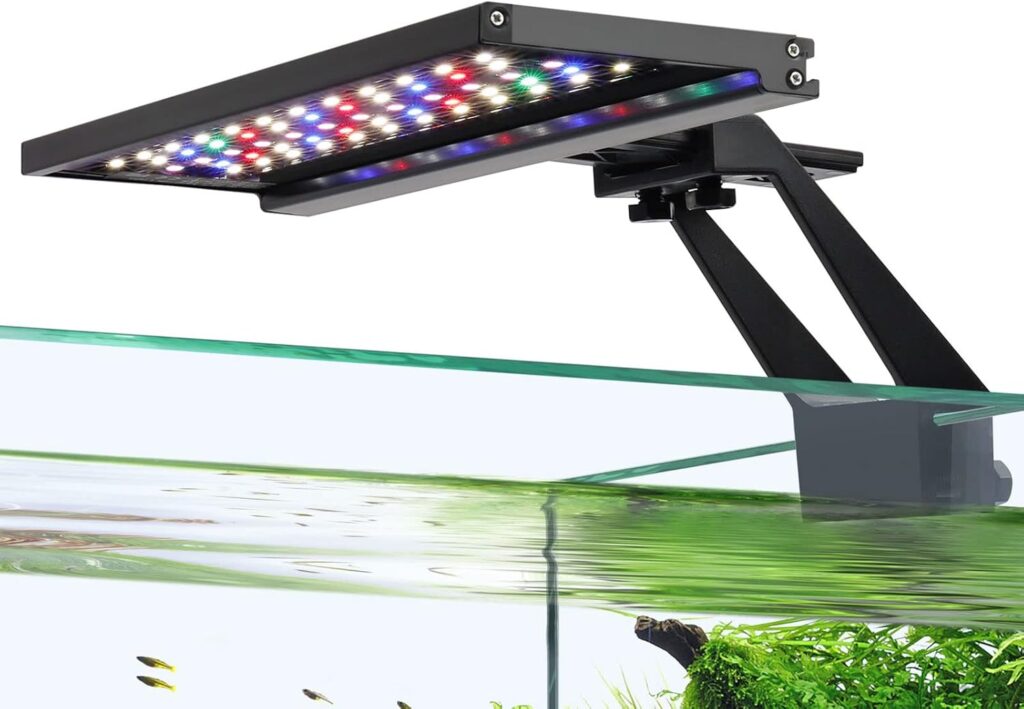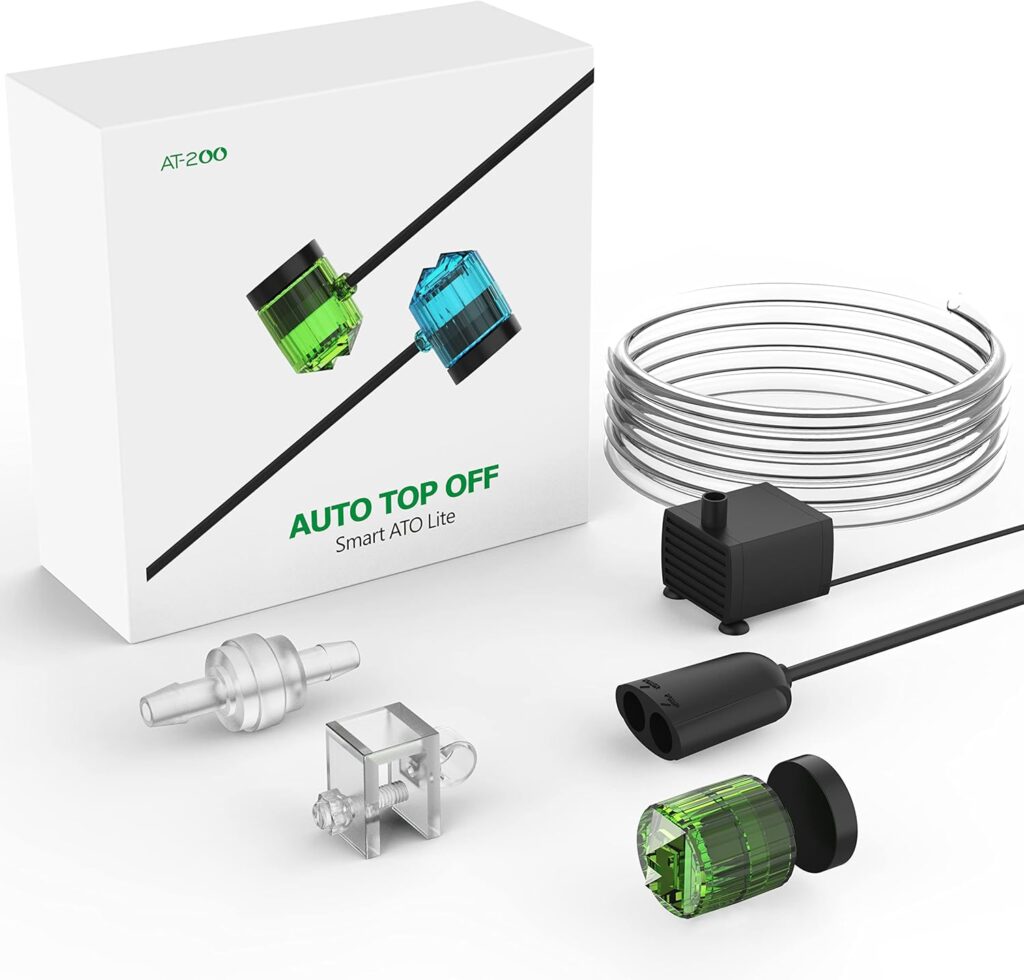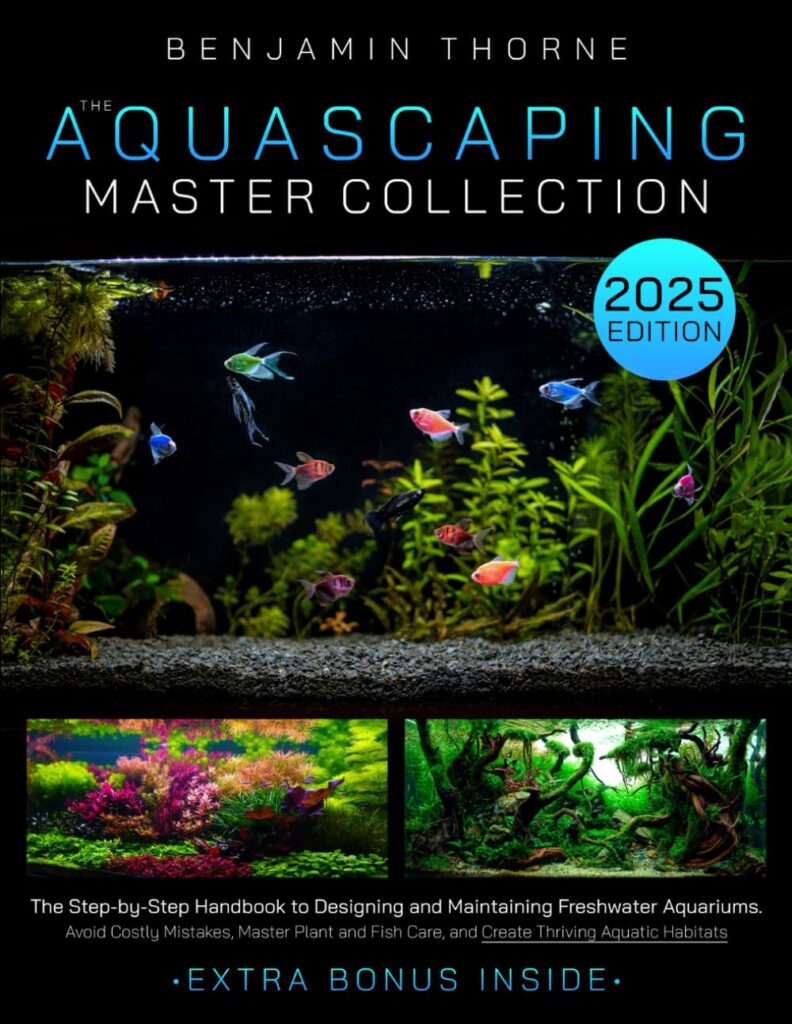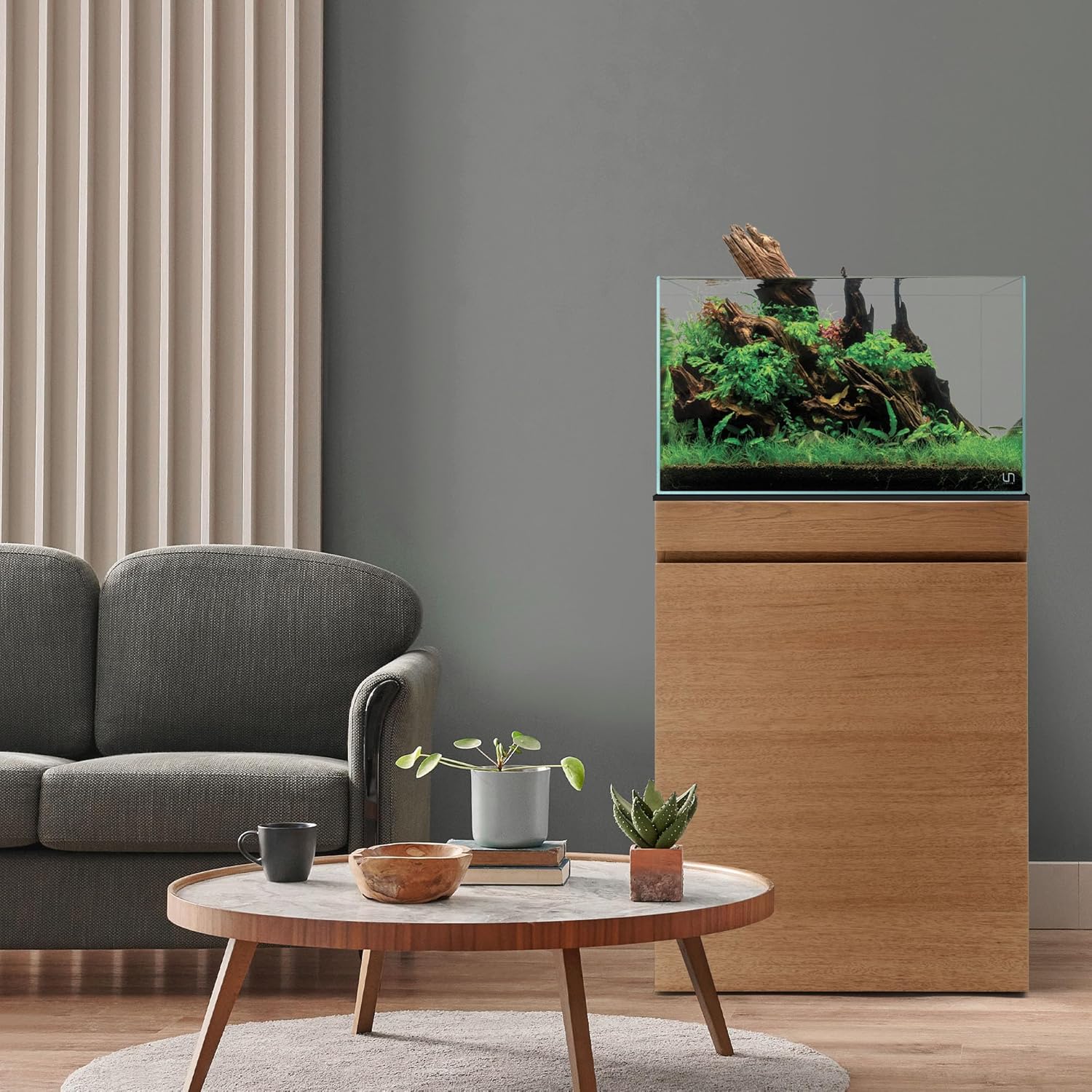
If you’ve ever been mesmerized by the clean, frameless elegance of a rimless aquarium, you’re not alone. These aquariums have a way of drawing you in—like windows into a magical underwater world. The simplicity and clarity they offer make them a modern, minimalist’s dream, and they’ve become a popular choice for aquascaping enthusiasts who want to blur the lines between art and nature.
But, as with any beautiful thing, there’s a lot more going on under the surface—both figuratively and literally. Rimless tanks come with their own set of challenges, and understanding these can help you navigate the sometimes tricky waters of setting one up and maintaining it. Let’s dive in, shall we?
A Bit of History: How Rimless Tanks Came to Be
Rimless aquariums first gained traction in Japan during the 1990s, thanks in large part to the visionary aquascaper Takashi Amano. His goal was simple: to create aquariums that showcased nature in its purest form, free of distractions like frames or rims. These tanks quickly captured the imaginations of aquascaping enthusiasts around the world, becoming a symbol of modern, minimalist design.
It’s no wonder they’ve become so beloved—without the frame, the water itself seems to stretch into infinity, creating an immersive experience that’s more like watching a living painting than keeping fish in a tank.
Full Tour of The ADA Nature Aquarium Gallery In Japan!
What Makes Rimless Tanks So Special
At first glance, a rimless tank may seem like just a slick design choice. But there’s some science behind the beauty. Without a rim to support the tank, the glass needs to be thicker to handle the pressure of the water without bowing or breaking. This is why many high-end rimless tanks use low-iron glass (also known as starphire glass), which not only strengthens the tank but also provides crystal-clear clarity by eliminating the greenish tint found in regular glass.
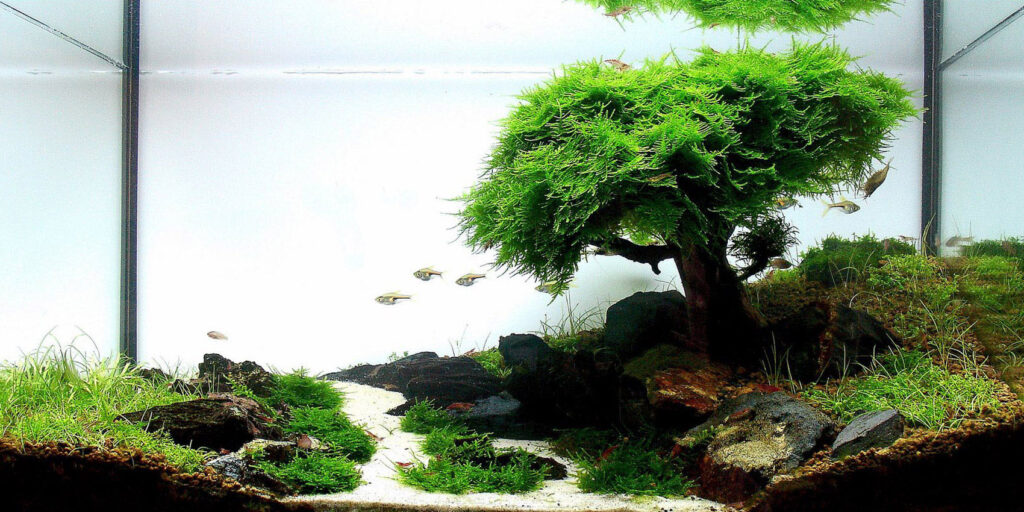
Rimless tanks also tend to have open tops, which leads to some fascinating changes in water chemistry and fish behavior. Some studies suggest that fish in rimless tanks experience less stress, likely due to better oxygenation from improved gas exchange at the water’s surface. It’s one of those small details that remind you how thoughtfully designed aquariums can positively impact your aquatic pets.
The Art of Creating a Perfect Rimless Setup
While the aesthetic appeal of a rimless aquarium is undeniable, creating the perfect setup takes time and attention to detail. Here’s a guide to getting it right:
1. Choosing the Right Tank
Selecting a high-quality rimless tank is crucial—think of it as the foundation of your underwater masterpiece. Look for a tank with precision-cut edges and strong, clean silicone seals. The glass thickness should be appropriate for the size of the tank, ensuring that it can hold up under pressure.
Landen 60P Aquarium Review: Is This Ultra Clear Rimless Tank Worth Your…
A sturdy, level stand is essential for keeping your tank safe. It needs to be able to bear the weight of the tank and everything inside it. Ideally, you’ll want a stand that complements the minimalist look of the rimless tank—something simple yet functional.
LANDEN Aquarium Wooden Stand and Cabinet for up to 30 Gal Tank
3. Planning Your Aquascape
This is where things get fun. With a rimless tank, your aquascape becomes the focal point. You can use principles like the “golden ratio” to guide your design, helping create a balanced, natural-looking layout. When selecting rocks, driftwood, and plants, think about how each element will contribute to the overall harmony of the tank.
BONSAI TREE AQUARIUM SETUP!
4. Choosing the Right Equipment
Rimless tanks are all about keeping the focus on the beauty of the aquarium itself, so selecting equipment that doesn’t clutter the view is important. Canister filters, in-line heaters, and hidden equipment like sump systems will help maintain that clean, uninterrupted look.
Fluval FX2 Canister Filter – Installation Guide
5. Lighting
Lighting is critical—not just for the health of your plants and fish but also to showcase the vibrancy of your aquascape. Sleek, suspended LED lights are a great choice, as they’re slim, adjustable, and can be tailored to provide the perfect spectrum for your aquatic ecosystem.
HYGGER Clip On 24/7 Lighting Aquarium LED Light Review
6. Stocking Your Tank
For a rimless tank, fish that are less prone to jumping are ideal. Tetras, rasboras, and Corydoras are all great options. If you’re set on keeping species known for their acrobatics, like bettas or certain types of barbs, you’ll want to either invest in clear acrylic covers or stock your tank with plenty of floating plants to minimize the risk of escapes.
7. Managing Evaporation
Rimless tanks have open tops, which lead to increased evaporation. Regular water top-offs are essential for keeping things in balance. An auto top-off system can make this process a breeze, or you can manually top off the water as needed. The key is consistency.
Find the Right Auto Top Off for Your Aquarium!
Navigating the Challenges of Rimless Tanks
While the beauty of rimless aquariums is undeniable, they do come with their own set of challenges. Here are a few to keep in mind and some tips on how to deal with them:
1. Evaporation
Because rimless tanks don’t have a lid, they lose more water through evaporation. To combat this, invest in an auto top-off system to keep the water level stable. You can also use a glass or acrylic cover to reduce evaporation during hotter months, or if you live in a particularly dry climate.
2. Jumping Fish
Fish that like to leap out of the water can be a real issue in rimless tanks. Research your fish species before purchasing, and if you have jumpers in mind, consider adding clear acrylic covers or using floating plants to create a natural barrier.
3. Equipment Compatibility
Not all aquarium equipment is suited to a rimless tank. For instance, hang-on-back filters can detract from the clean, minimalist look. Opt for canister filters or sump systems instead. When choosing heaters, go for in-line models that fit into the filter’s plumbing.
4. Stability of Water Parameters
Smaller rimless tanks, in particular, can be more susceptible to fluctuations in water parameters. Keep a regular testing routine, and stay on top of water changes. A high-quality filtration system will help maintain stable conditions, and a consistent fertilization schedule is important for planted tanks.
5. Algae Growth
Without a rim to block excess light, rimless tanks are more prone to algae growth. Balancing the lighting intensity and duration, introducing algae-eating species like Amano shrimp or Otocinclus catfish, and regular cleaning can help keep algae in check.
Advanced Aquascaping Tips for Rimless Tanks
Once you’ve mastered the basics, you can start exploring advanced aquascaping techniques. For example:
- Dutch Style Aquascaping: Create lush, colorful aquascapes by layering plants with varying shapes, sizes, and colors. Group plants together to form “streets” or zones, keeping in mind that plant maintenance will be key.
- Iwagumi Layout: This minimalist style relies on a few carefully placed stones and simple plant arrangements to create harmony and balance.
- Biotope Aquascaping: Recreate natural habitats by researching specific environments and selecting plants and fish that would naturally live together. It’s about capturing the essence of a specific location in nature.
The Bottom Line: Why Rimless Tanks Are Worth the Effort
Rimless aquariums may take a little more work to set up and maintain, but the results are often worth the effort. With their unobstructed views and sleek design, they provide a stunning backdrop for your aquatic world, and their minimalist style can transform any room into a tranquil, living piece of art.
The key to success with rimless tanks lies in careful planning, consistent maintenance, and a bit of creativity. If you’re willing to put in the work, you’ll be rewarded with a stunning aquarium that feels more like a window into nature than a traditional fish tank.
Rimless Aquarium Tank: Most Popular Rimless Aquarium Tanks on Amazon!
So, if you’re ready to take on the challenge, I say dive in—there’s an entire underwater world waiting to be discovered.
